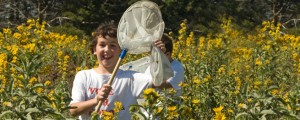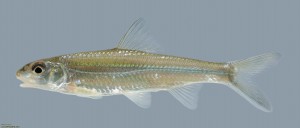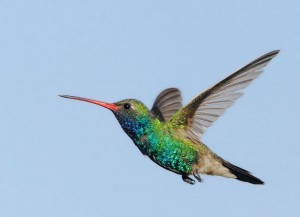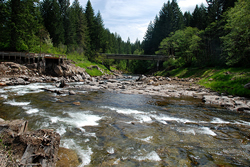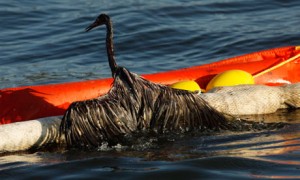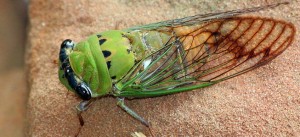Kansas Wetlands Education Center Butterfly Festival
From making milkweed seed bombs to tagging monarch butterflies, kids and adults will find plenty to do during the Kansas Wetlands Education Center’s (KWEC) “Butterfly Festival” Sept. 13, 9 a.m.-12 p.m. KWEC is located at 592 NE K156 Hwy on the Cheyenne Bottoms Wildlife Area 10 miles northeast of Great Bend. Participants will study butterflies, caterpillars and chrysalises, an exhibit bee hive, as well as several other amazing insects and spiders on display inside the insect “zoo.” There is no cost to attend and door prizes will be given away just before noon.
Nets and tags will be available for those who want to capture and tag monarch butterflies. Participants will receive information about the tagging process before heading out with a tagging leader to search for monarch butterflies. Although monarch numbers have decreased drastically, populations seem to be rebounding locally, with many adults, caterpillars and eggs found on milkweed at Cheyenne Bottoms.
Apart from tagging, participants can also play in the mud and make a take-home seed bomb, composed of clay, compost, water and seeds; take photos at the monarch butterfly and caterpillar photo boards; create a unique caterpillar and butterfly in the craft section; refuel with light refreshments and drinks.
Butterfly milkweed plants, with growing instructions, will be available at no cost to those who would like to encourage monarchs in their yards and gardens. Information on butterfly-friendly plants and other attractants will be available and visitors may also walk through the wildflower/butterfly garden to view examples of butterfly-friendly plants.
For more information, contact the KWEC at 1-877-243-9268, or visit: www.wetlandscenter.fhsu.edu.

